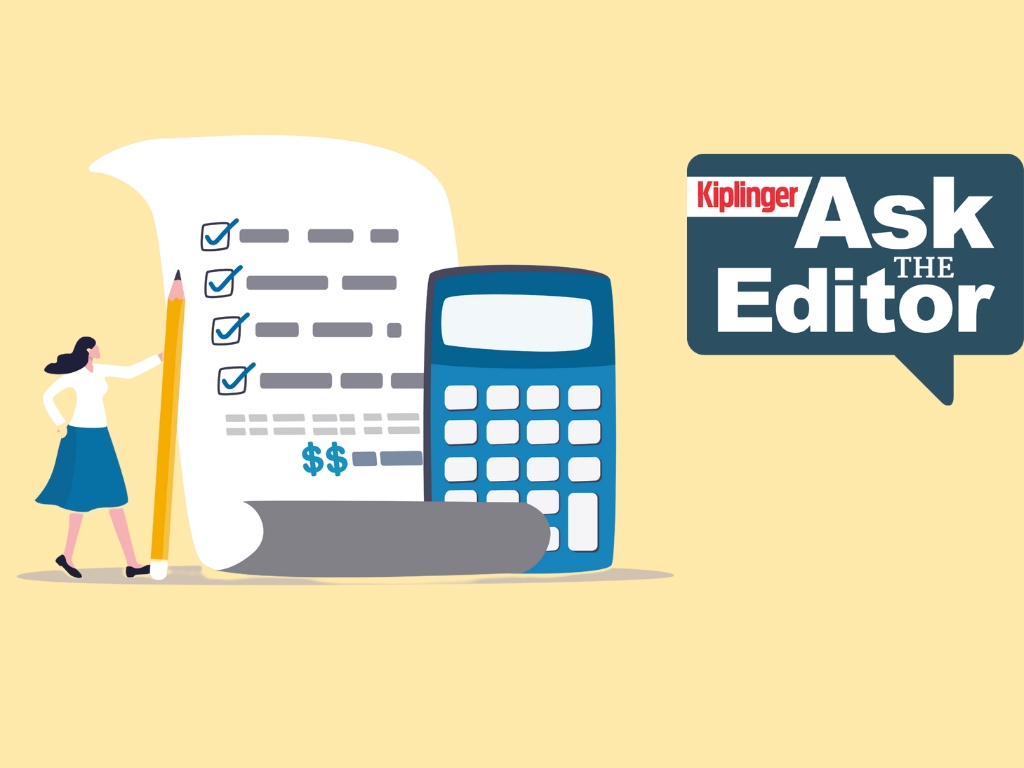Using Savings Bonds to Pay College Costs
Here's what to know about how the interest on savings bonds is taxed when the bonds are used to pay for education expenses.

My older son is starting college in the fall, and I would like to use his Series EE bonds tax-free for his expenses. The way I read the rules, however, I don't think I can. The bonds were purchased by various family members from 1994 through 2001 and have my son listed on the “to” line of the bonds. If I can’t use them tax-free, will the interest be taxed at my son’s rate?
You're correct about missing out on the tax break. To qualify, the bond owner must have been at least 24 years old when the bond was issued and must use the money to pay qualified education expenses for himself, his spouse or a dependent. (Tuition and fees qualify; room and board do not.) In most cases, as in yours, the bonds must be owned by the parent or co-owned by both parents. Because your son is listed as the owner, you can't exclude the interest on your return. (After all, it's not your income.)
The interest subject to tax when the bonds are redeemed should be reported on your son's tax return. He won’t be able to take the tax break by using the money for college costs, either, because the bond owner must be at least 24 years old on the bond’s issue date. Unfortunately, the interest might be taxable at your tax rate rather than your son’s. The “kiddie tax” applies the parents’ rate to a child’s investment income if it exceeds $1,900 this year. The kiddie tax usually disappears when a child turns 18, but it applies to full time students until the year they turn 24.
From just $107.88 $24.99 for Kiplinger Personal Finance
Become a smarter, better informed investor. Subscribe from just $107.88 $24.99, plus get up to 4 Special Issues

Sign up for Kiplinger’s Free Newsletters
Profit and prosper with the best of expert advice on investing, taxes, retirement, personal finance and more - straight to your e-mail.
Profit and prosper with the best of expert advice - straight to your e-mail.
I bonds and EE bonds issued after 1989 are eligible for the tax break. For 2012, the break starts to phase out if modified gross income is $109,250 or higher for joint returns or $72,850 for single filers and other returns. The break disappears completely when income tops $139,250 for joint returns or $87,850 for others (it’s your income level when you use the money for college expenses that counts, not your income when you originally purchased the bond). For more information about calculating the tax-free amount, see IRS Publication 970, Tax Benefits for Education. Also see the Treasury Department’s Using Savings Bonds for Education. And for more information about saving for college, see Smart Ways to Save for College.
Profit and prosper with the best of Kiplinger's advice on investing, taxes, retirement, personal finance and much more. Delivered daily. Enter your email in the box and click Sign Me Up.

As the "Ask Kim" columnist for Kiplinger's Personal Finance, Lankford receives hundreds of personal finance questions from readers every month. She is the author of Rescue Your Financial Life (McGraw-Hill, 2003), The Insurance Maze: How You Can Save Money on Insurance -- and Still Get the Coverage You Need (Kaplan, 2006), Kiplinger's Ask Kim for Money Smart Solutions (Kaplan, 2007) and The Kiplinger/BBB Personal Finance Guide for Military Families. She is frequently featured as a financial expert on television and radio, including NBC's Today Show, CNN, CNBC and National Public Radio.
-
 Nasdaq Leads as Tech Stages Late-Week Comeback: Stock Market Today
Nasdaq Leads as Tech Stages Late-Week Comeback: Stock Market TodayOracle stock boosted the tech sector on Friday after the company became co-owner of TikTok's U.S. operations.
-
 Disney’s Risky Acceptance of AI Videos
Disney’s Risky Acceptance of AI VideosThe Kiplinger Letter Disney will let fans run wild with AI-generated videos of its top characters. The move highlights the uneasy partnership between AI companies and Hollywood.
-
 Ask the Editor: Itemized Deductions
Ask the Editor: Itemized DeductionsAsk the Editor In this week's Ask the Editor Q&A, Joy Taylor answers questions on itemized deductions claimed on Schedule A of Form 1040
-
 Estate Tax Quiz: Can You Pass the Test on the 40% Federal Rate?
Estate Tax Quiz: Can You Pass the Test on the 40% Federal Rate?Quiz How well do you know the new 2026 IRS rules for wealth transfer and the specific tax brackets that affect your heirs? Let's find out!
-
 Law Reversal Looming? Trump Eyes 2026 Gambling Winnings Tax Change
Law Reversal Looming? Trump Eyes 2026 Gambling Winnings Tax ChangeTax Deductions It's no secret that the IRS is coming after your gambling winnings in 2026. But how long will that last?
-
 The 'Scrooge' Strategy: How to Turn Your Old Junk Into a Tax Deduction
The 'Scrooge' Strategy: How to Turn Your Old Junk Into a Tax DeductionTax Deductions We break down the IRS rules for non-cash charitable contributions. Plus, here's a handy checklist before you donate to charity this year.
-
 IRS Says You Made a Tax Return Mistake? A New Law Could Help You Fight Back
IRS Says You Made a Tax Return Mistake? A New Law Could Help You Fight BackTax Law Updated taxpayer protections change what the IRS must explain on error notices and how long you have to respond.
-
 Tax Refund Alert: House GOP Predicts 'Average' $1,000 Payouts in 2026
Tax Refund Alert: House GOP Predicts 'Average' $1,000 Payouts in 2026Tax Refunds Here's how the IRS tax refund outlook for 2026 is changing and what steps you can take now to prepare.
-
 How Are I Bonds Taxed? 8 Common Situations to Know
How Are I Bonds Taxed? 8 Common Situations to KnowBonds Series I U.S. savings bonds are a popular investment, but the federal income tax consequences are anything but straightforward.
-
 New 2026 Tax Change Could Mean More for Your IRA and 401(k) Savings
New 2026 Tax Change Could Mean More for Your IRA and 401(k) SavingsRetirement Savings Here's how the new IRS inflation adjustments will increase the contribution limits for your 401(k) and IRA in the new year.
-
 New Ways to Use 529 Plans
New Ways to Use 529 PlansTax-free withdrawals from 529 plans could help you sharpen your job skills.